
About This Quiz
Some of the animals that live on our planet look even more surreal than the fictional creatures in our movies. Take the platypus for instance; it looks like somebody took a duck and sewed it together with a beaver! The pink fairy armadillo and dumbo octopus don't look any less ridiculous.Â
If you take out your magnifying glass and begin looking at some of the insects on the planet, it's hard not to be amazed. The orchid mantis is a perfect example of how animals evolve to match their surroundings. This mantis looks almost exactly like an orchid flower until the moment it decides to lunge itself at a small bird or mouse. Don't get too close or it might think your finger is something delicious.Â
Are you a fan of the Planet Earth documentaries? If you are, you might already know a lot of the critters on this quiz, but we're confident we've found a few that will be new to you. Have you ever heard of a warty frogfish? How about the red-lipped batfish? Don't tell me you're already an expert in Honduran white bats?
It's time for you to guess the names of some of the craziest looking animals on our planet. Ready? Then let's get started!
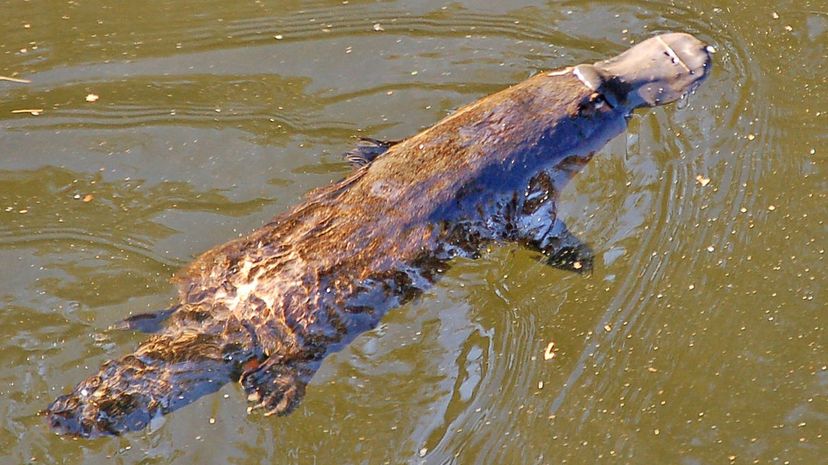
The platypus is one of the world's most unique animals. It has a bill like a duck but has fur like a mammal. It has venom like a snake and also lays eggs like a bird. It's one of only two mammals in the world that lays eggs.

They may be cute, but you shouldn't get too close. If provoked, the wombat can give you a pretty serious bite. There was one case of a wombat biting a man through his boat and almost an inch into his leg!

The star-nosed mole is found in the North-Eastern United States and Canada. Their funny-looking nose is extremely sensitive to touch and it helps them navigate, which makes up for their poor vision.
Advertisement
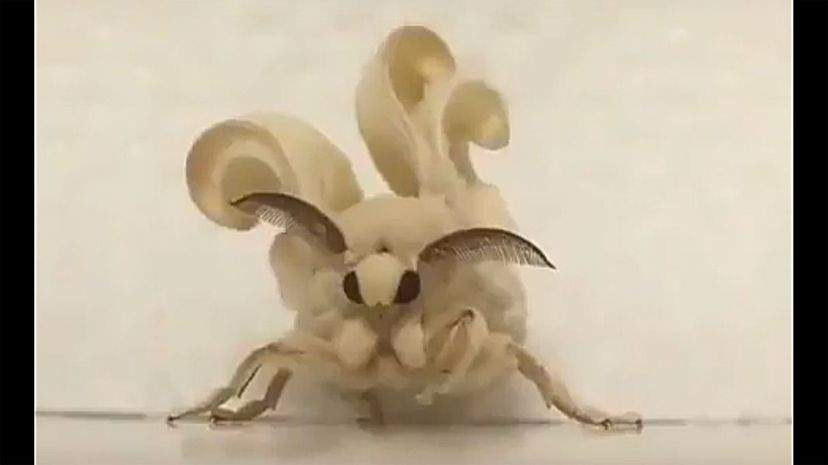
It may look like it's wearing an angora sweater, but that's it's actually its body. They weren't discovered until 2009 and still haven't been confirmed as their own unique species.
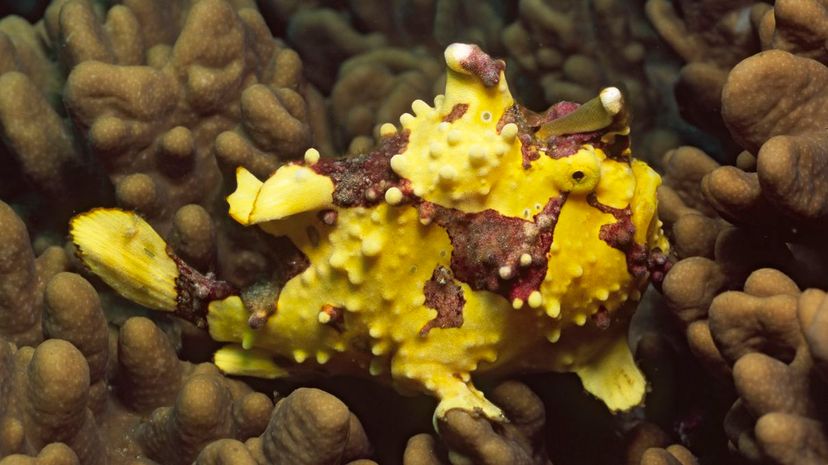
It may look more like a pile of mold than a fish, but the warty frogfish lives in the tropical Pacific. They can change colors to blend with their surroundings and eat basically anything in sight. So keep your fingers away!
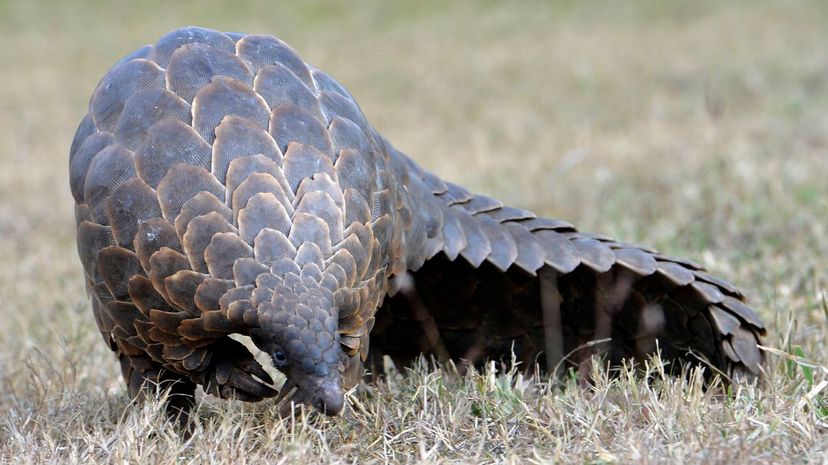
The pangolin is found in Asia and Africa. They may look like armadillos, but they also have stink glands like a sunk. As you can probably guess from their scales, they curl into a ball when scared.
Advertisement
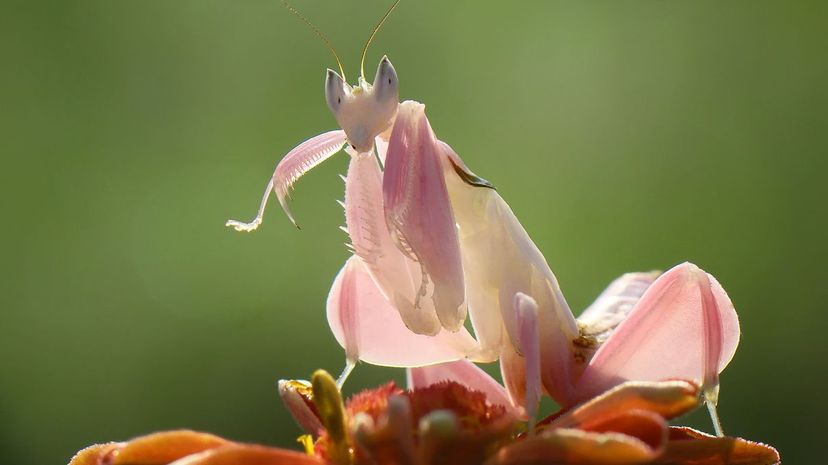
The orchid mantis is one of the most interesting insects in the world. If you were to see one sitting on a tree, you would probably mistake it for a flower. Don't let their beauty fool you, though. They're known to eat lizards and small frogs.
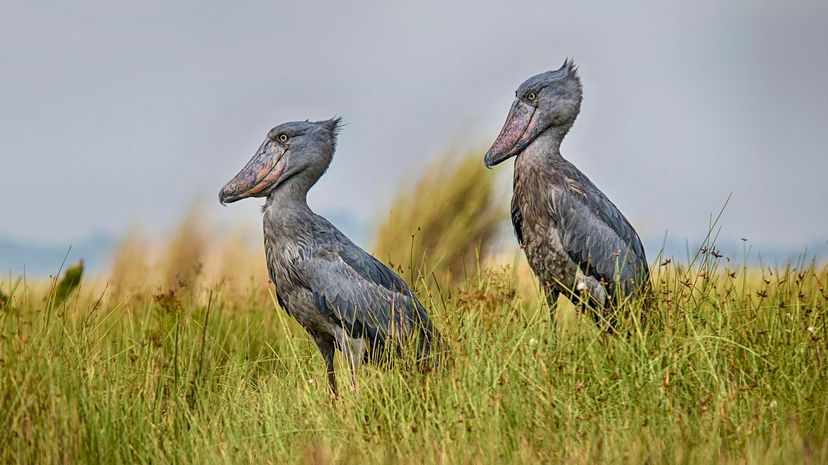
The shoebill goes by several other names, including the whalehead and the shoe-billed stork. It gets its name from its large bill that gives it the appearance of always smiling. You can find them in Zambia and Sudan.
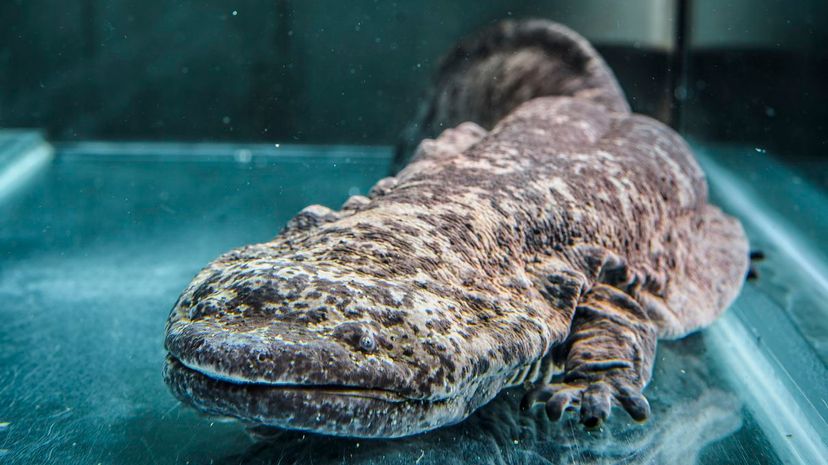
The Chinese giant salamander can grow to be almost 6 feet long. They might give you a fright if you came across one swimming in the mountain lakes of China. However, they eat mostly insects and fish so you won't have anything to worry about.
Advertisement
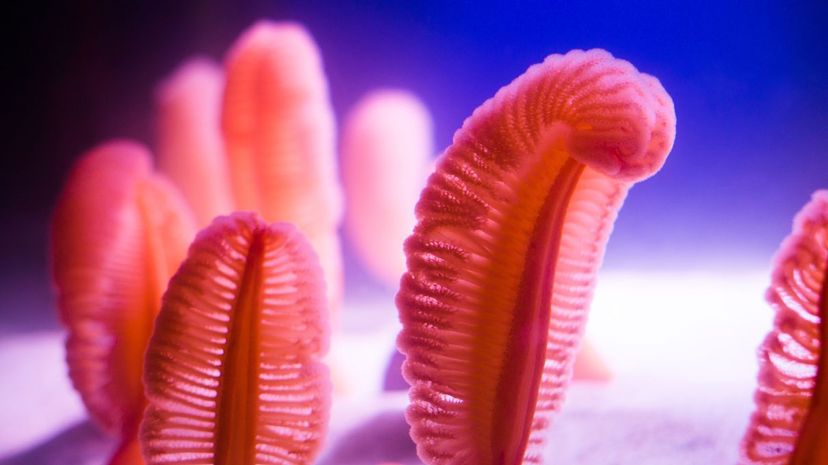
If you saw this creature lying on your desk, you might pick it up thinking it's a writing quill. They can grow more than six feet tall and feed mostly by filtering plankton out of the water.
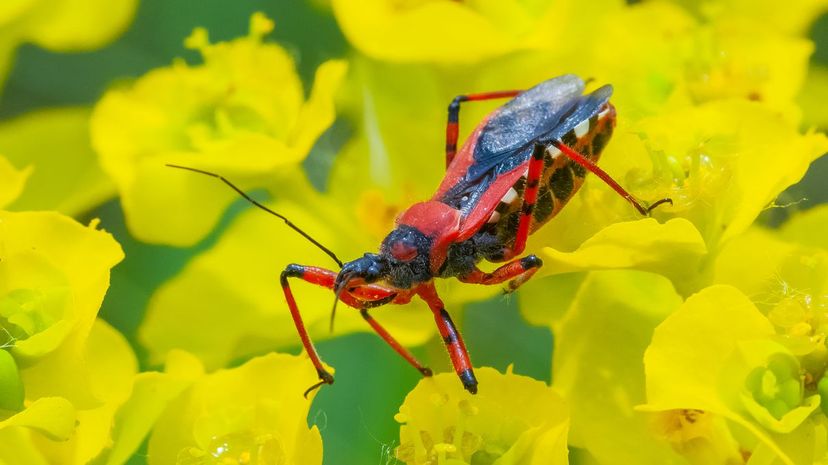
The assassin bug has some moves that even the most highly-trained ninjas would be jealous of. They are known to cover themselves in dead ant bodies to sneak up on bees and other prey.
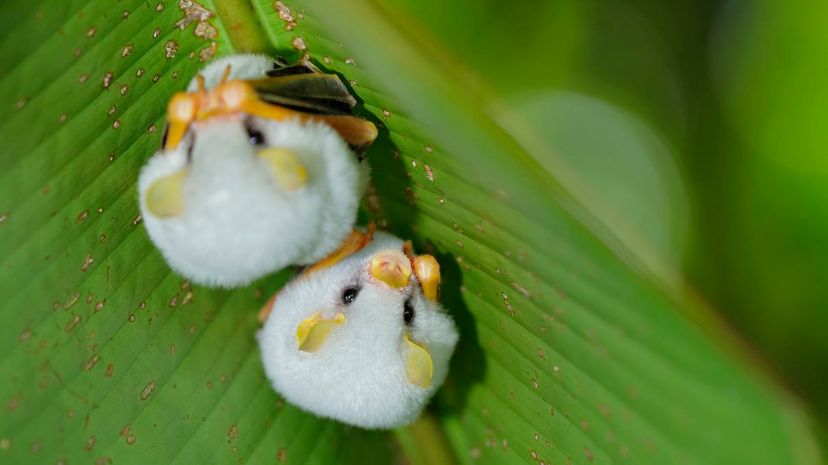
How big do you think this bat is judging by the picture? Believe it or not, they only grow to be 1.5 inches long. You can find them in the jungles of Central America, where they spend most of their time hanging from heliconia plants.
Advertisement
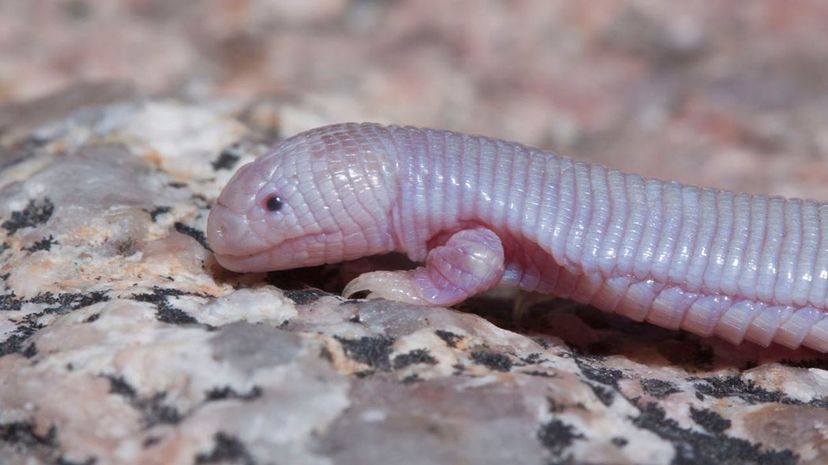
At a glance, the Mexican mole lizard looks like an earthworm that sprouted legs and a head. You probably won't see one unless you're wandering through the desert at night after a thundershower.
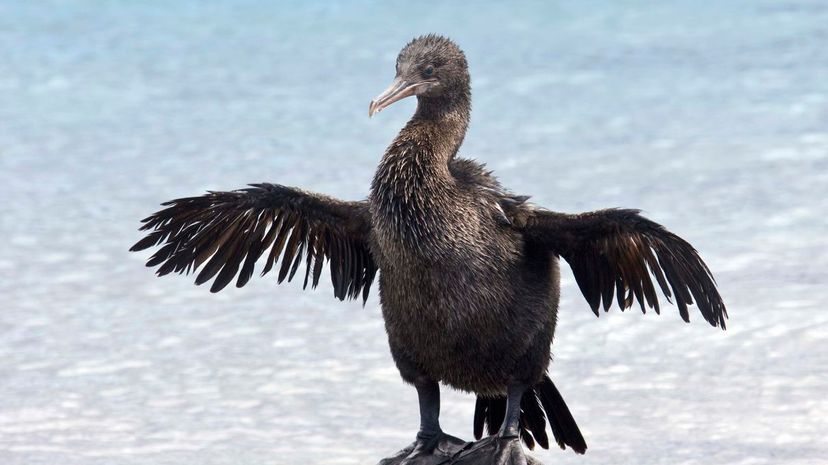
If you want to see a flightless cormorant, you'll have to travel to the Galapagos Islands. Through years of evolution, their wings have shrunk until they've lost the ability to fly.
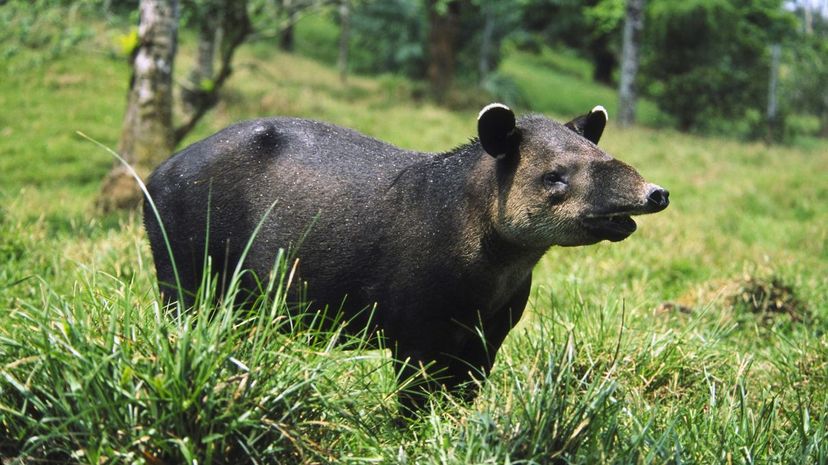
The Baird's tapir is also known as a mountain cow and is the national animal of Belize. They spend most of the day sleeping and come out at night to eat. They're currently listed as endangered.
Advertisement
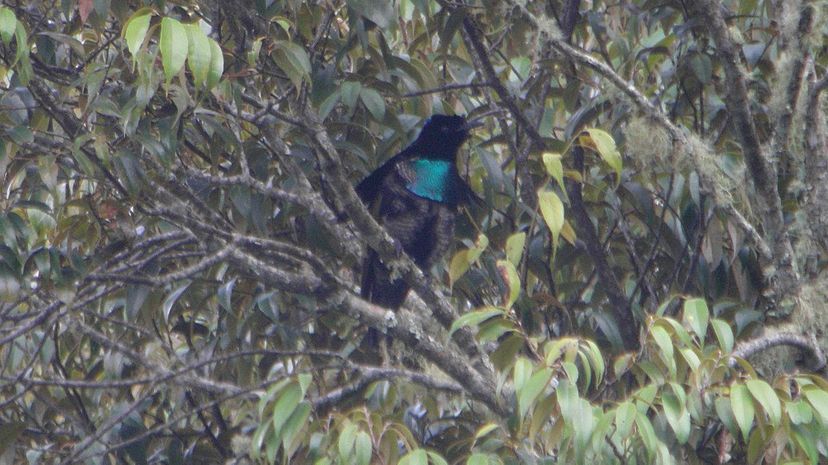
The male superb bird-of-paradise has his work cut out for him. Because their population has a low female-to-male ratio, it's not uncommon for females to reject 15 or more males before choosing a mate.
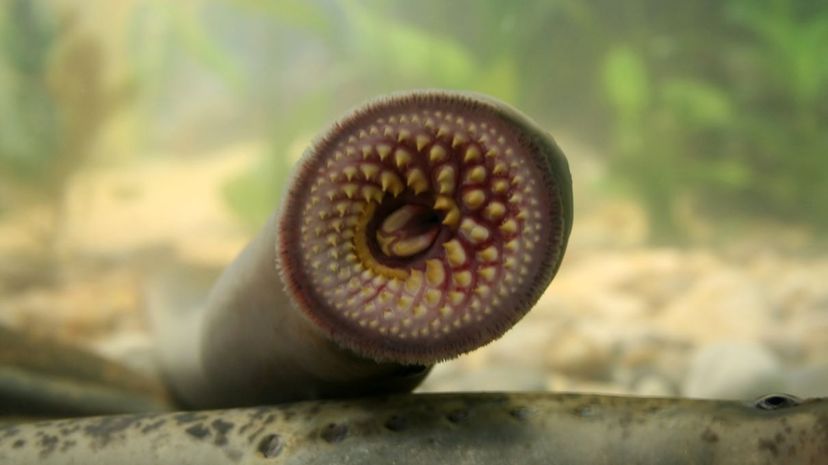
Lampreys are a jawless fish, and most species use their razor-toothed mouths to filter feed. They may look intimidating when you look into their mouth, but they're harmless to humans.
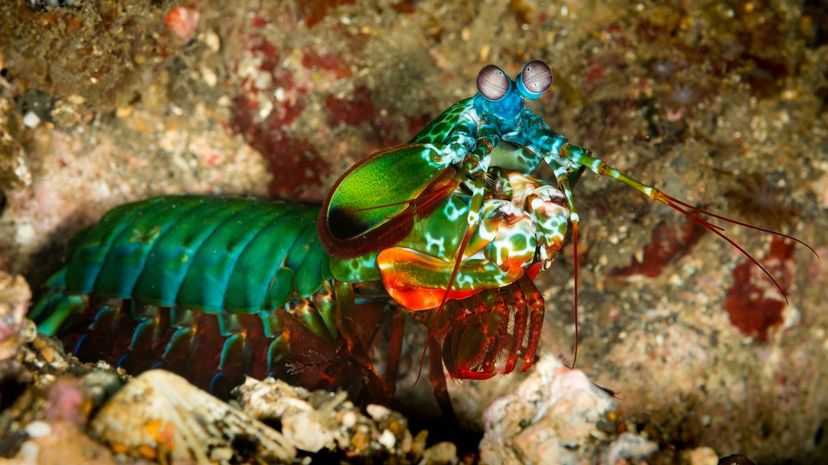
You won't find the mantis shrimp on the menu at a seafood menu, but you can find it hiding in coral reefs in the pacific. They catch their prey with their praying mantis-like front arms.
Advertisement
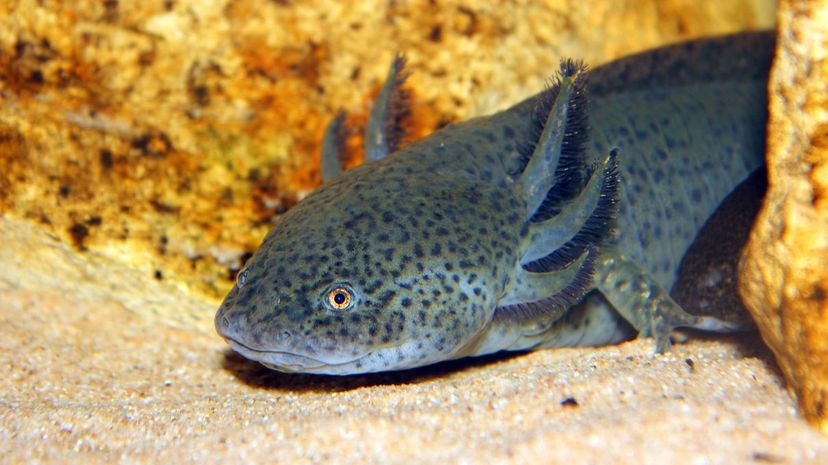
If you want to see an axolotl in the wild, you'll have to travel to Mexico and visit Xochimilco Lake. However, their populations are in decline because of water pollution. Axolotls eat mostly worms, small fish, and mollusks.
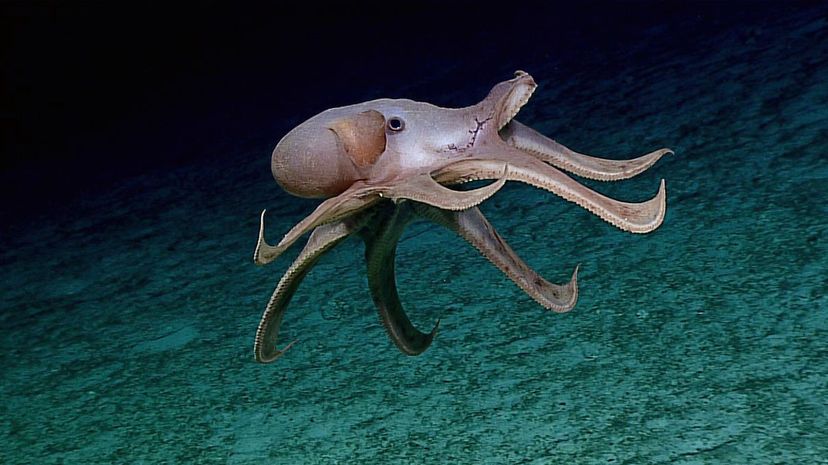
If you want to find a dumbo octopus, you'll have to dive at least 10,000 feet into the ocean to find one. They get their name from their fins on its face that look similar to elephant ears.
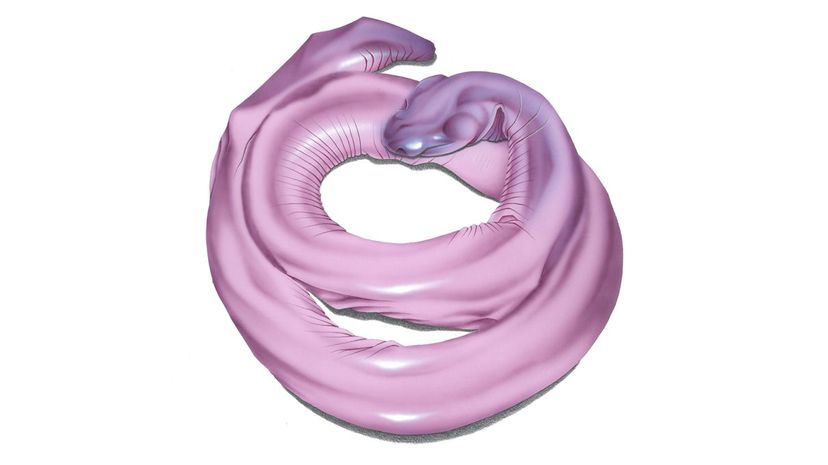
If you look closely at an Atretochoana, you will quickly notice something missing. This unusual amphibian that lives in the Amazon doesn't have eyes. They weren't discovered until 2011 when a photographer found six of them near the Madeira River.
Advertisement
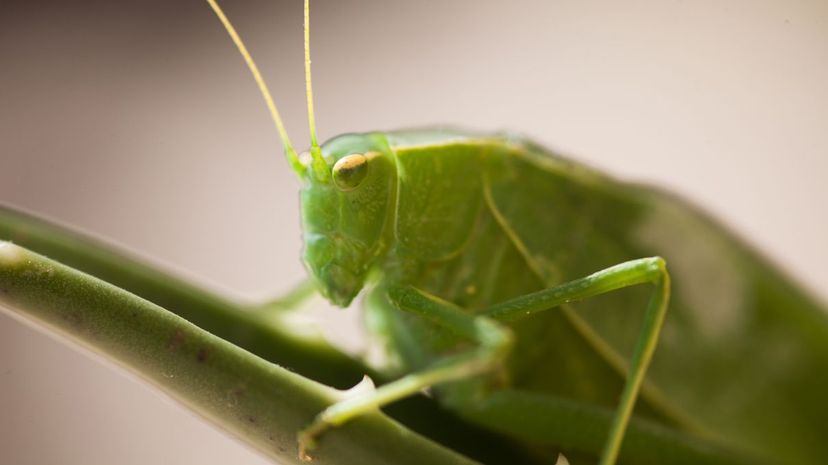
The giant katydid can grow to be more than 6 inches long. Because it's disguised to look like a leaf, you might not even see it coming. They're so big that they rarely fly or jump.
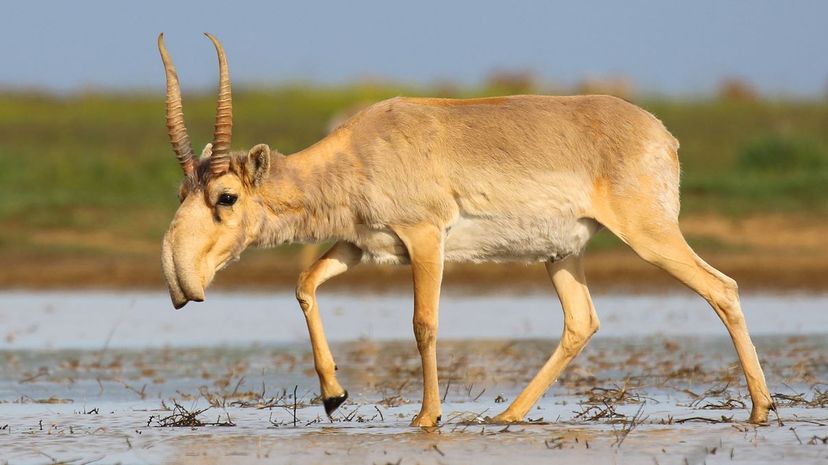
The Saiga antelope is now critically endangered and now lives exclusively in Russia and Kazakhstan. They're easy to spot by their elephant-like noses, however, because there's less than 50,000 left, you're unlikely to see them in the wild.
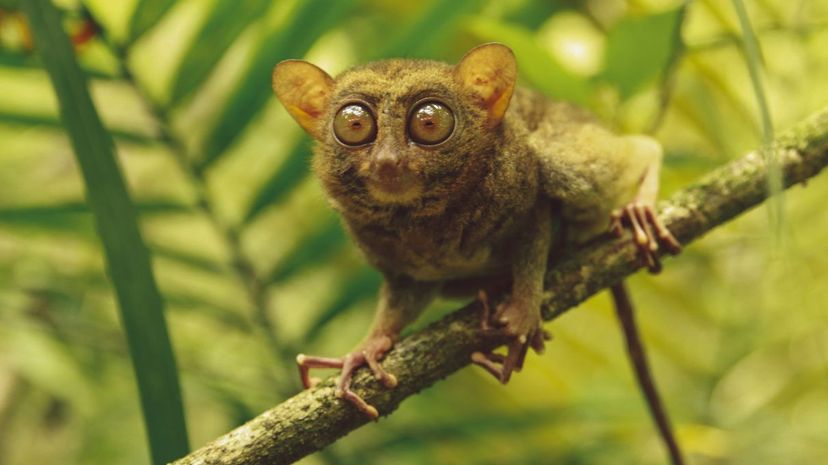
The tarsier has one of the largest eye-to-body ratios of any animal. Their bodies grow to be up to 6 inches long, whereas their eyes grow to more than half-an-inch in diameter! You can find them in the jungles of Southeast Asia.
Advertisement
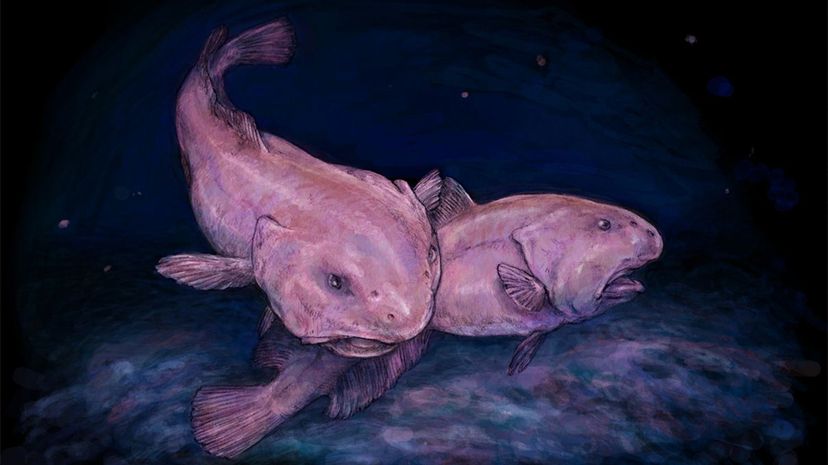
It's not hard to guess how the blobfish got its name. They live in the deep waters off the coast of Australia and New Zealand, can grow up to 4lbs and their gelatinous body helps them withstand extreme underwater pressure.
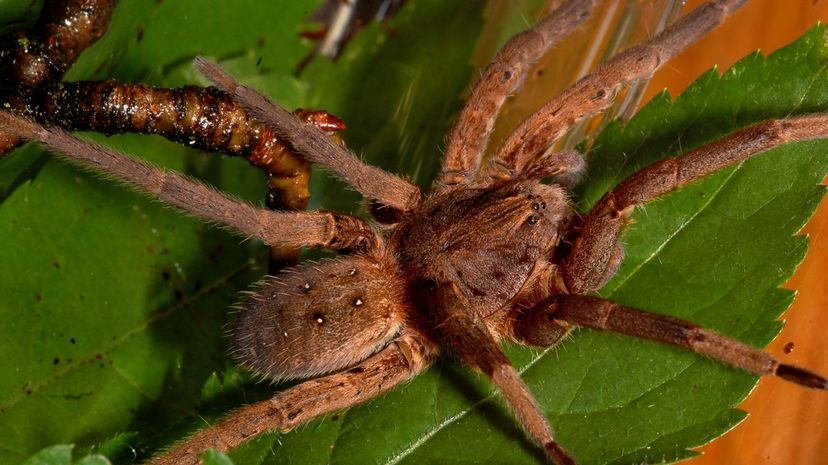
These aquatic spiders hang around water where they wait for ripples that signal a nearby tadpole or fish. Some species can even encapsulate themselves in an air bubble and go underwater.
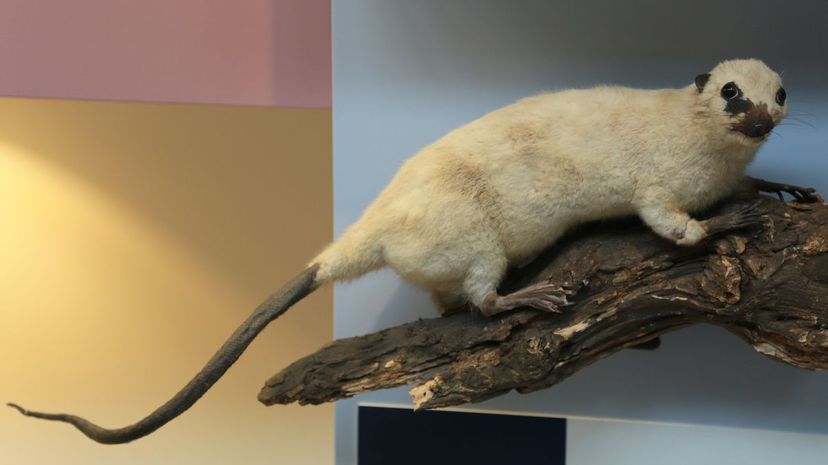
You can find water opossums from Mexico to Argentina near freshwater lakes and streams. Both sexes have a pouch. When the males are swimming, they put their genitals into their pouch like it's a bathing suit.
Advertisement

The Komono dragon lives exclusively on the Indonesian islands of Komodo, Rinca, Gili Motang and Flores. You probably don't want to come across one in the wild since they can grow to be more than 10 feet long.

The nutria spends most of its time around rivers and can weigh up to 37 pounds. It uses its front limbs for digging burrows and foraging while it uses its back webbed feet for swimming.

The male umbrellabird has one of the strangest features of any bird. It has a wattle that hangs from its chest that can be up to a foot-and-a-half long. They can inflate their wattle when trying to attract a mate.
Advertisement
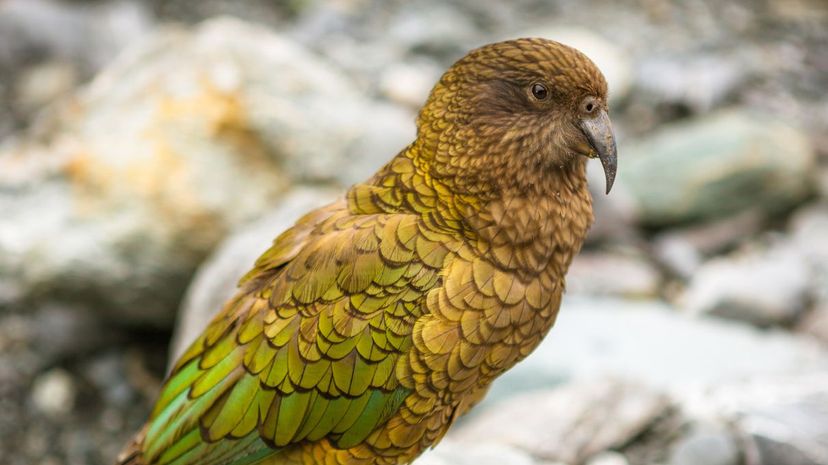
There are thought to be less than 125 kakapos left in the wild. Their small numbers can be attributed to only breeding about once every three years. They're also flightless, so they are easy prey for dogs and cats.
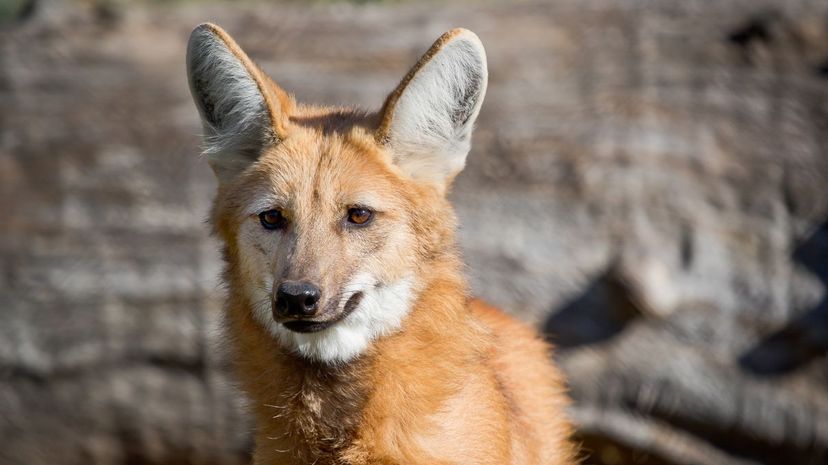
The maned wolf is the largest type of wolf in South America. You can find it in the open grasslands of Brazil, Argentina, Paraguay and Bolivia.

The Gila monster lives from New Mexico to Utah as well as Northern Mexico. They grow to be about 20 inches long and eat small mammals and birds. Keep your hands away from them, because they are venomous!
Advertisement
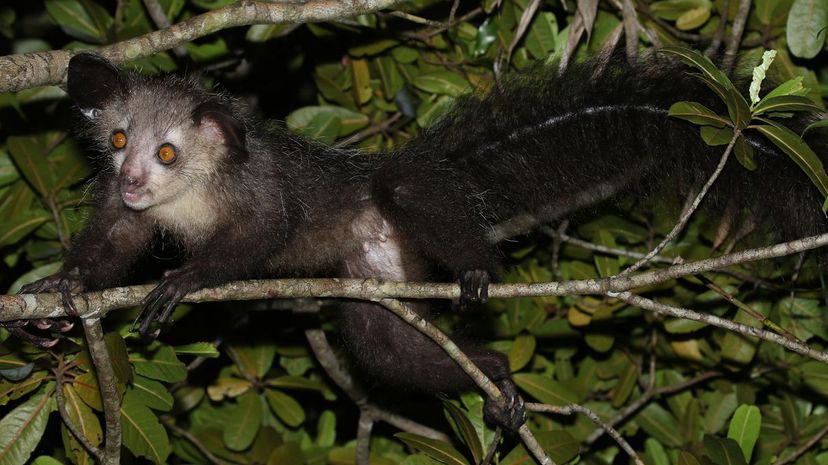
It may look like it stepped straight out of the movie "Gremlins," but the Aye-Aye is native to Madagascar. It's the largest nocturnal primate in the world and can grow to be up to 1.5 feet long.
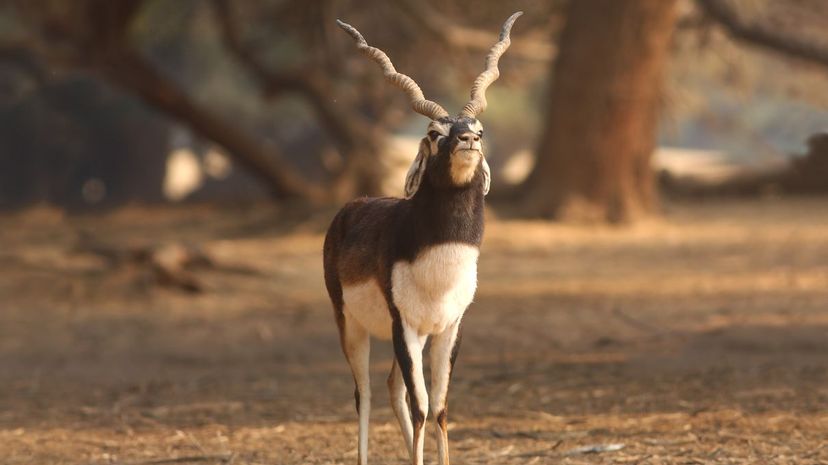
Male markhors grow to be more than 200 pounds and are native from Afghanistan to Northern Africa. Their name translates from Persian as "snake eater" because of a legend that they can eat snakes and release the venom in their cud.
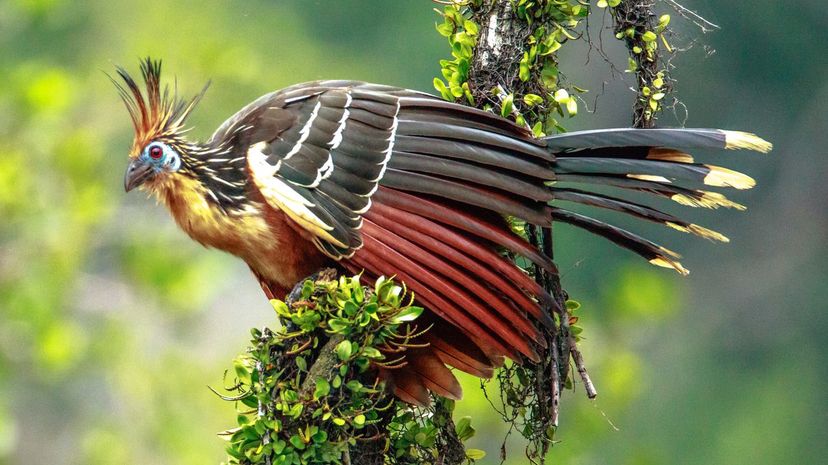
You may smell a hoatzin before you see it. The hoatzin's gullet and crop in its throat contain large amounts of bacteria that ferment the plants it eats. Unfortunately, this fermentation process doesn't produce the most pleasant smell.
Advertisement

The Patagonian Mara is a rodent found in Argentina. They generally hide in low shrub, but they occasionally also roam in the Monte Desert. They feed mostly on green plants and fruit.
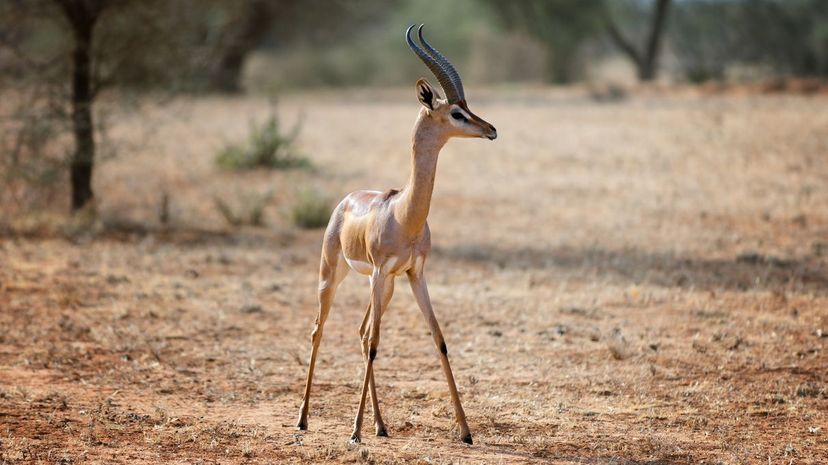
The Gerenuk is the giraffe of the gazelle world. They grow to be up to 3.5 feet tall and live in the eastern part of Africa. They use their long necks to graze on low trees much the same as giraffes.
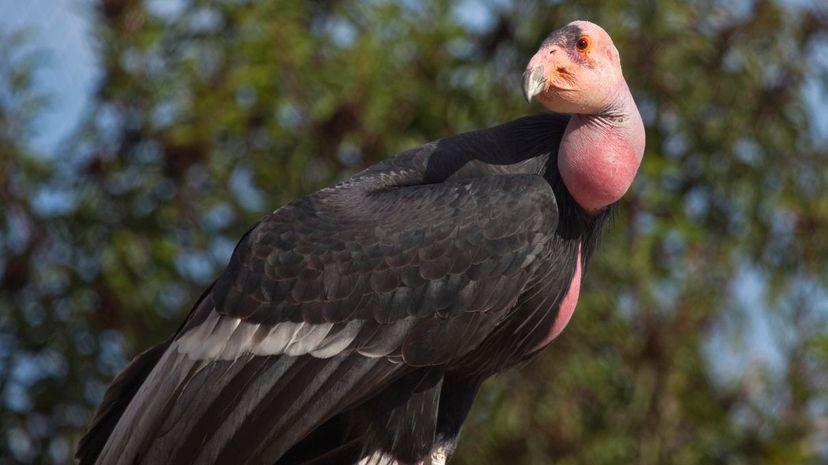
The California condor can have a wingspan over 10 feet long. They use their long wings to soar through the sky for miles without having to flap. If one flies over you, don't be surprised if you mistake it for a small airplane.
Advertisement
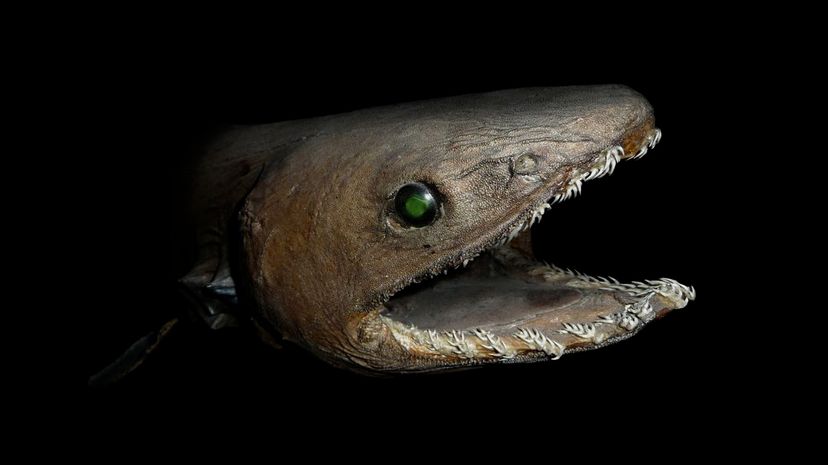
If you want to see a frilled shark, you'll have to dive more than 5,000 feet. They look more like a fossil than a living species. As you can imagine, they probably haven't evolved much in the last few million years.